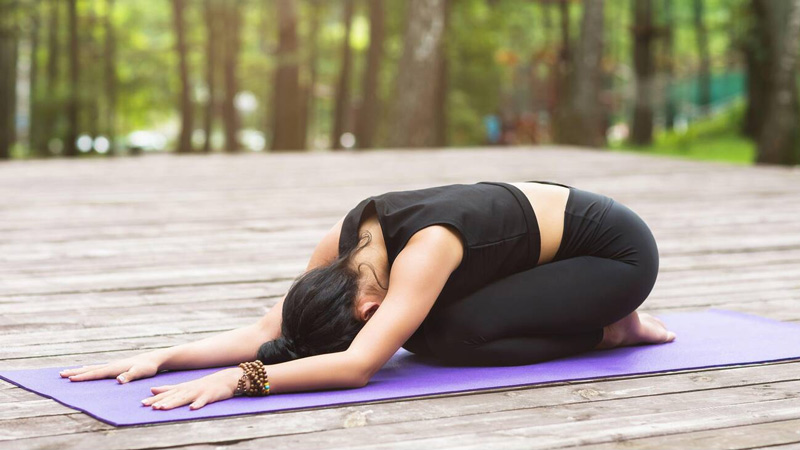
In the current fast-moving world, there is a need among several individuals to look for ways to limit stress and also to ease some of the long-term pains especially where more physical and emotional involvement is desired. Somatic yoga is defined as a way of extending the traditional practice of yoga into somatics, further elaborating on its benefits. This soft and slow approach towards movement practice has turned out to be quite a fad in the recent past providing a novel way of attaining physical, mental, and emotional health.
If time is not on your side and you are looking for the gist of somatic yoga in a short time span, then you should calm down and have a look at the table that summarizes the content of this detailed guide. You may even be a novice in this form of gentle yoga or someone who has been in the yoga room for quite a while and wishes to learn about this practice. This small piece will enable you to access the basics to commence the practice of somatic yoga.
| Key Point | Summary |
| Definition | Somatic yoga integrates yoga with somatic movement education, emphasizing body awareness. |
| Benefits | Reduces stress, relieves pain, enhances flexibility, and improves emotional regulation. |
| Difference from Traditional Yoga | Focuses on internal experience, utilizes gentle mindful movements, and follows a slower pace. |
| Suitability for Beginners | Highly suitable with simple, accessible movements tailored for all levels. |
| Weight Loss Support | Complements healthy weight management through emotional regulation and body positivity. |
| Chronic Pain Management | Alleviates pain by releasing tension through mindful movement. |
| Practice Recommendations | Suggests regular practice with professional guidance for safety and effectiveness. |
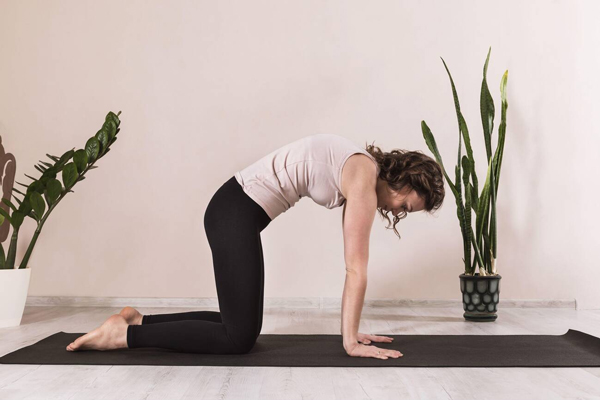
Somatic yoga is a multifaceted practice that combines the principles of yoga and somatic movement education. The word somatic comes from the Greek word soma, which means living, feeling, and perceiving the body. Instead of the classic vision of yoga, which involves achieving different postures, in somatic yoga, attention is directed toward the internal processes and sensations of the body.
This activity asks you to stop, listen to the feelings your body makes, and move purposefully. You may be surprised to notice that by bringing attention to your movements, you can loosen up chronic muscle tightness, enhance your range of motion, and increase your self-perception and self-awareness.
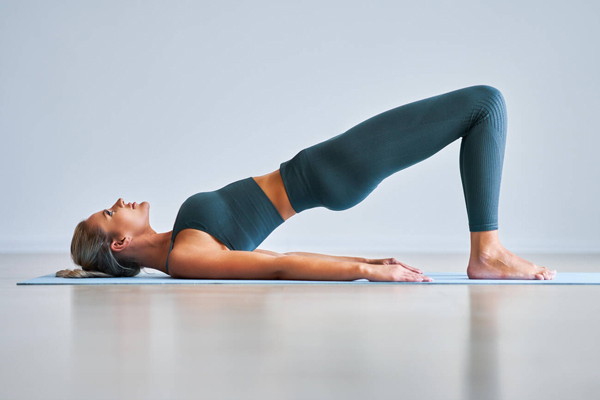
Numerous positive aspects would revolve around the body and even the mind with the somatic yoga practice. Here are some of the main benefits that manifest themselves through somatic yoga practice:
One of the main advantages of practicing somatic yoga is the decrease in stress and anxiety. The use of soft, slow movements and deep breathing within the practice activates the relaxation response of the body. By paying attention to the sensations in the body and letting go of any tension held, the mind and thoughts may feel quick and focused.
There is evidence that somatic yoga is very useful for treating patients suffering from chronic pain. The practice focuses on tense muscular areas and helps in relaxing them via movements, resulting in an enhancement of the discomfort and physical functions.
Therapeutic yoga can aid in increasing the range of movement in the body because of its gentle stretches and attention to movement. Instruction in body awareness and movement without overstepping acceptable limits can make the body feel and respond differently.
A body’s deep awareness is another major aspect of the practice of somatic yoga. By paying attention to your body parts and intentionally using them, you can comprehend your physical and emotional information better. Better body awareness may be turned into advantages in everyday life and help you make better choices and deal with less stress when unexpected issues arise.
Somatic yoga can also be viewed as an effective approach for individuals who are learning how to control their emotions. With awareness of one’s sensations and an understanding of how to breathe through certain feelings, one might be able to strengthen their constitutions to more emotional challenges. This practice can assist you in making better choices for balance amid adversities.
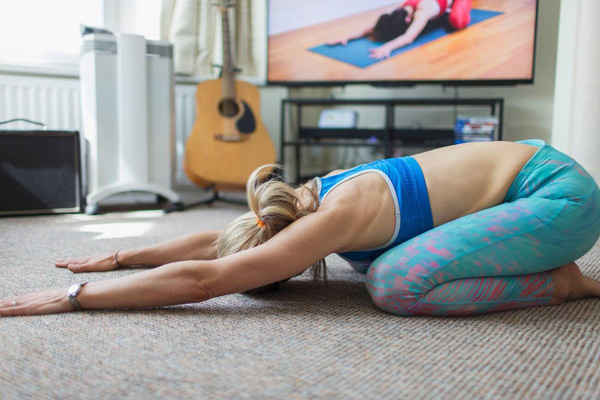
While somatic yoga shares many similarities with traditional yoga, there are some key differences between the two practices. Here are a few ways in which somatic yoga sets itself apart:
In traditional yoga, the focus is on perfecting the postures and alignment, and in most cases, neither of these characteristics comes naturally to the practitioner. In somatic yoga, however, there is more focus on how each of the movements feels internally rather than how it looks. It is not that you are trying to achieve a specific shape or form in a particular system; instead, you are guided to connect with your body and move in need without creating tension.
Somatic yoga therapy is classified as a gentle form of movement since it is slower than traditional yoga. This process encourages total body awareness, enabling you to be present in the experience of each posture. Moreover, slowing down allows for better muscle relaxation and diminishes the risk of overstretching or injuring the body.
While traditional yoga often incorporates challenging postures and sequences, somatic yoga focuses on gentle, mindful movements. These movements are designed to release tension, improve mobility, and promote a sense of ease and relaxation in the body. Rather than pushing yourself to your limits, somatic yoga invites you to honor your body’s natural rhythms and move within a comfortable range.
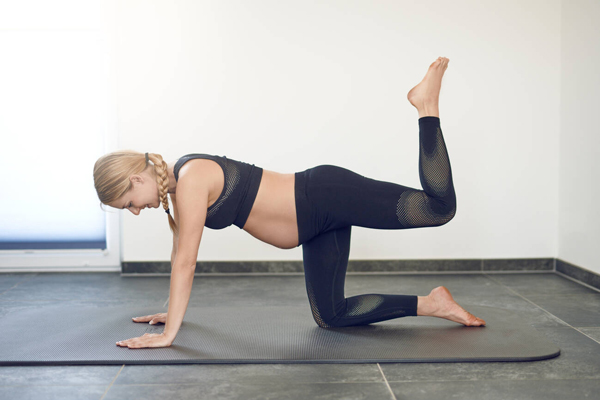
In principle, somatic yoga was not specifically designed for weight loss, yet it could be of assistance in a comprehensive weight management scheme. By enhancing body awareness and reducing stress, somatic yoga helps in alleviating emotional overeating, which is often a barrier to weight loss. Regular practice can help you control emotions, and knowledge-based behavior, develop positive coping strategies, and make better food choices.
In the same way, in the case of somatic yoga one learns how to love one’s body and accept oneself. This way, the propensity for binge eating and/or excessive exercise as punishment is lessened.
Nonetheless, be aware that losing weight is a consequence of several factors: diet, exercise, and lifestyle habits. For example, one should not expect to see stubborn fat disappearing without leaning on a healthy diet and regular exercise.
In addition, working with a certified somatic yoga teacher will ensure that you receive professional assistance oriented toward your weight loss needs.
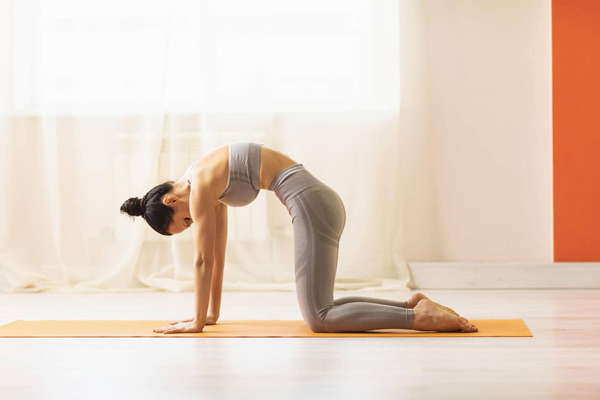
If you’re new to somatic yoga, here are a few simple poses that can help you get started:
For the constructive rest position, you bend your knees and rest your feet flat on the mat. Let your arms relax downwards at the sides of the body with the palms up. Blinking the lashes in, concentrating on the breathing. If you feel some sensations or tension in your body, with exhalation you can let go and allow yourself to sink into the surface beneath you.
Sit in a comfortable cross-legged position on the floor, resting your palms on your knees. Breathe in deeply and as you do so allow your spine to support an arch while your chest comes up towards the roof and your shoulders roll back. When you breathe out, tuck your chin to your chest as you also bring your back to a rounded posture. Keep following this smooth pattern feeling your body’s movements and sensations in harmony with your breath.
To do this pose, lie flat on your back with your knees bent and resting flat on the floor. Spread your arms apart to the left and right walls so that a T-shape is formed. So as you exhale out, control the motion down by bringing your knees to the right side maintaining the spine and shoulders on the ground. Breathe in and out several times before you notice how your spine or hips feel. Bring your knees to the chest while exhaling and look for the same position on the other side.
As in other forms of yoga, the principle of somatic yoga is to move step by step and be needed in the headspace to do so and appreciate the fact that every person’s experience is different.

If you want to go deeper and further into somatic yoga, please keep in mind that there are many ways in which this practice can fit into your life. Here are some ideas to help you get started:
Although somatic yoga can be self-taught, the presence of trained staff will help enhance the practice while minimizing unnecessary movements. Go for a teacher who specializes in somatic movement education and this will truly enhance the practice.
As it is with any new practice, be cautious and be sensitive to your body’s response. Do gentle but short sessions at first and then increase the time and aggressiveness of the practice with time. Make sure you understand that this practice is not about going to the extremes, it is about going to ease and awareness in your body.
For one to really enjoy the complete benefits that are found in somatic yoga, then most surely, regular practice is important. Doing even some simple coupled with focused movements for a few minutes in the waking hours is likely to be of great help to one’s well-being. Probably something like creating a window each day specifically for practice would help a lot, and maybe even be taken as a rule that is not subject to any discussion.
Somatic yoga is more than physical postures done on a mat; it is an embodiment. Try to incorporate somatic techniques into everyday activities. Perhaps a few deep breaths would help before an important decision, or it would be helpful to become aware of the body’s perception during the day. This in turn enables a person to feel the comfort of their body and maintain a heightened consciousness in all of their endeavors.
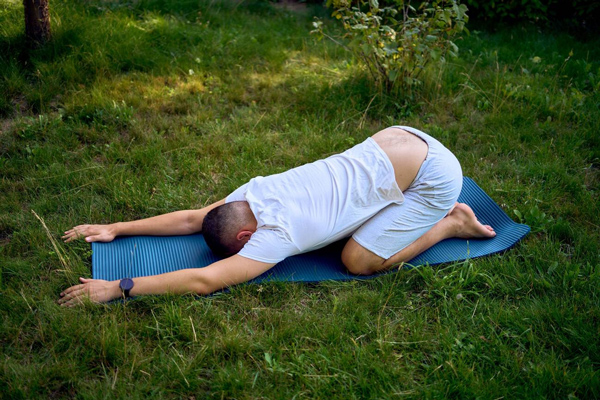
This is very important for many practitioners. Many beginners can meditate using this relaxing approach. Gentle~ It is hard to imagine moving your body that involves skin deformation. Beginning somatic yoga classes are offered in a way that encourages participation regardless of previous exposure to it.
The frequency of your somatic yoga practice will depend on your individual needs and goals. As a general guideline, aim to practice at least 2-3 times per week to start seeing the benefits. However, even just a few minutes of mindful movement each day can make a difference in your overall well-being.
Yes, somatic yoga can be a powerful tool for managing chronic pain. By bringing awareness to areas of tension and gently releasing them through movement, this practice can help alleviate discomfort and improve overall physical function. However, it’s important to work with a qualified teacher who can guide you through the practice safely and offer modifications as needed.
For one thing, while somatics and yin yoga may be complementary in some respects they are definitely very much different. Yin gain is about sustaining passive postures for many minutes in pursuit of stretching the deep tissues and achieving deeper relaxation. Somatic yoga encourages awareness through movement and awareness of one’s body with an effort to abandon dormant tension and create expansive self-awareness.
Of course, somatic yoga can be done in the comfort of your home. There are numerous such resources on the internet, including but not limited to such resources. However, it is best to be restrained with your physical practice and respect the limits of your body. If you are a beginner, it is a good idea to seek the help of an experienced practitioner who can help you.
Many somatic yoga classes focus on internal body awareness, which sets this practice apart from most if not all, other styles of yoga. Many of the other types of yoga may concentrate on reaching physical postures and increasing strength and flexibility, while somatic yoga encourages one to listen to their body and explore movements that feel right and nurturing. Such an easy and sensitive approach may be helpful for people who are suffering from excessive pain, stress, or anxiety.
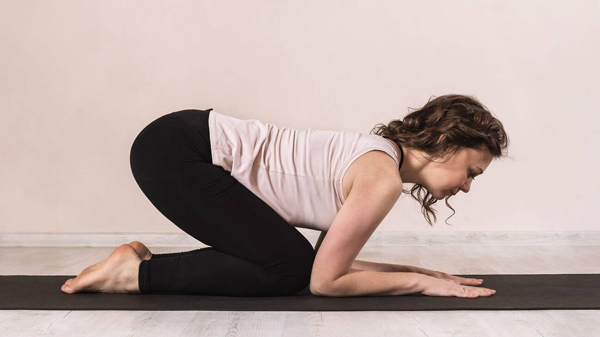
Somatic yoga is a practice that has a profound effect on the body and mind by using ancient yoga techniques combined with modern somatic understandings. Focusing on mindful movement, body, etc, somatic yoga enables one to achieve wellness of the body, mind, and soul in a very holistic manner.
Be it striving to find ways of relaxation, ridding yourself of some pain, or searching for increased mindfulness through bodywork, this soft and gentle practice is enjoyable.
When beginning your journey into somatic yoga, take your time & trust that there is no right way to practice. With time and consistent practice, new dimensions of comfort, strength, and energy may awaken and expand – and these will not only live within the boundaries of your yoga practice on the mat.
Get centered, feel your body, and let yourself be assimilated into the practices of somatic yoga as it is intended for living.
Leave a comment